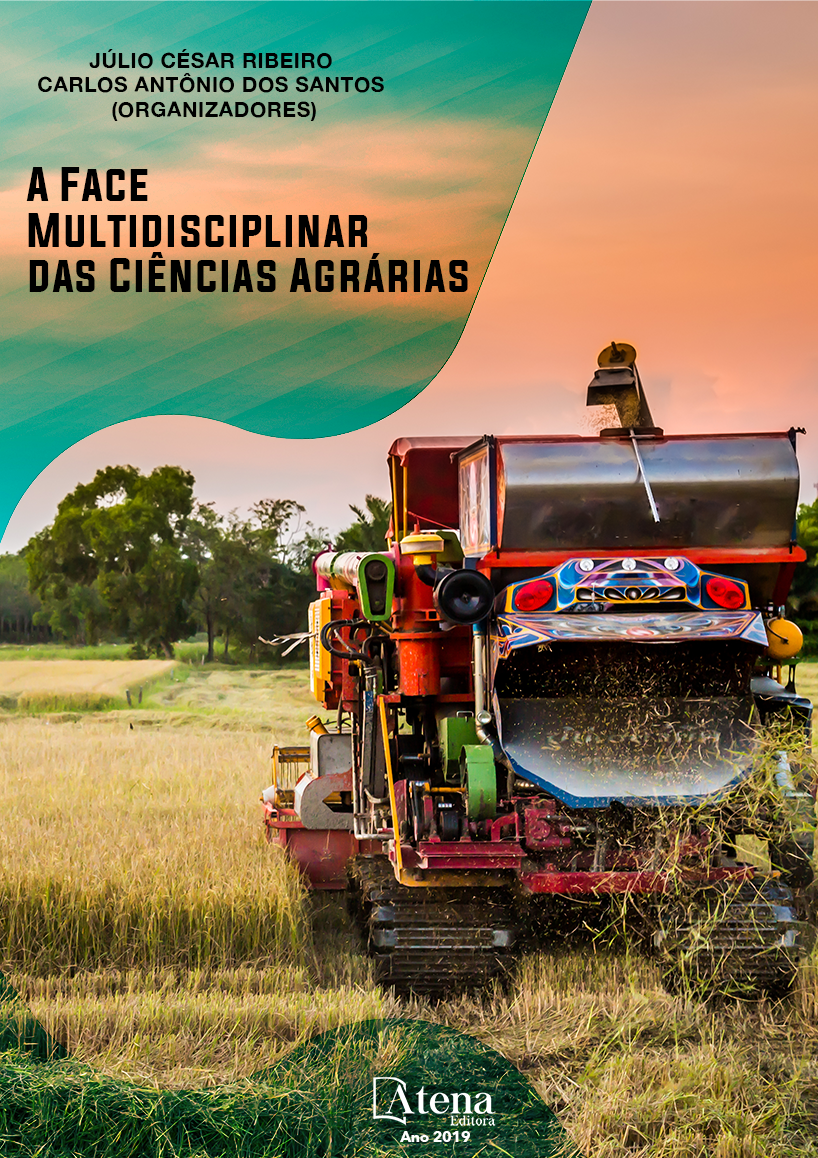
A INFLUÊNCIA DE DIFERENTES CONCENTRAÇÕES DE Trichoderma spp. NA GERMINAÇÃO DE SEMENTES DE Paspalum virgatum L.
O uso de Trichoderma spp. é
comum em sistemas de rotação lavourapastagens
para controle principalmente do
mofo-branco, pois possui potencial inibitório
de fitopatógenos, promovem o crescimento
vegetal, aumentam a superfície total do sistema
radicular e a resistência ao estresse abiótico.
Assim, o objetivo desse trabalho é avaliar o
efeito doTrichoderma spp. na germinação de
sementes de capim-navalha (Paspalum virgatum
L.). O experimento foi conduzido no Laboratório
de Microbiologia na UNEMAT, Alta Floresta,
MT em delineamento inteiramente casualizado
com cinco tratamentos e três repetições. Os
tratamentos foram diferentes concentrações
de Trichoderma spp. (0%, 1%, 5%, 10%, 15%).
Cada unidade experimental foi composta de
uma placa de Petri com 50 sementes de P.
virgatum L., que passaram pelo processo
de quebra de dormência e foram dispostas
aleatoriamente sobre papel filme, umedecidos
com 15 ml de água destilada com diluição dos
respectivos tratamentos. Todas as repetições
foram acondicionadas em câmara B.O.D. com
temperatura de 25°C, fotoperíodo de 12 horas
por sete dias. Foi realizada a contagem do
número de sementes germinadas diariamente.
Ao final da avaliação os dados obtidos foram
submetidos à análise de variância e ao teste
de Tukey com 5% de significância por meio do
RStudio. Nos dois primeiros dias de avaliação
não houve diferença entre os tratamentos,
contudo, ao avançar nos dias de avaliação,
nota-se que a testemunha apresenta maior
número de sementes germinadas (70%) que
os demais tratamentos, que são semelhantes,
com porcentagem de germinação em torno de
50%. Desse modo, o uso de Trichoderma spp.
influência na germinação das sementes de P.
virgatum L.
A INFLUÊNCIA DE DIFERENTES CONCENTRAÇÕES DE Trichoderma spp. NA GERMINAÇÃO DE SEMENTES DE Paspalum virgatum L.
-
DOI: 10.22533/at.ed.94819240716
-
Palavras-chave: capim-navalha, plantas daninhas, fitopatógeno, controle biológico
-
Keywords: razor-blade grass, weeds, phytopathogen, biological control
-
Abstract:
The use of Trichoderma spp. is common in crop-pasture rotation systems
to control mainly white mold, as it has a phytopathogen inhibitory potential, promotes
plant growth, increases the total surface of the root system and resistance to abiotic
stress. Thus, the objective of this work is to evaluate the effect of Trichoderma spp.
on germination of razor-blade grass seeds (Paspalum virgatum L.). The experiment
was conducted in the Laboratory of Microbiology at UNEMAT, Alta Floresta, MT, in a
completely randomized design with five treatments and three replicates. The treatments
were different concentrations of Trichoderma spp. (0%, 1%, 5%, 10%, 15%). Each
experimental unit was composed of a Petri dish with 50 seeds of P. virgatum L., which
passed through the process of breaking dormancy and were arranged randomly on
paper, moistened with 15 ml of distilled water with dilution of the respective treatments.
All replicates were housed in B.O.D. with temperature of 25 ° C, photoperiod of 12
hours for seven days. The number of germinated seeds was counted daily. At the end
of the evaluation the data were submitted to analysis of variance and Tukey’s test with
5% of significance by means of the RStudio. In the first two days of evaluation there
was no difference between the treatments, however, on the evaluation days, it was
observed that the control presented a higher number of germinated seeds (70%) than
the other treatments, which are similar, with a percentage of germination around 50%.
Thus, the use of Trichoderma spp. influence on seed germination of P. virgatum L.
-
Número de páginas: 15
- Ana Paula Rodrigues da Silva
- Giseudo Aparecido de Paiva
- Adriana Matheus da Costa Sorato
- Ana Carolina Dias Guimarães
- Grace Queiroz David


